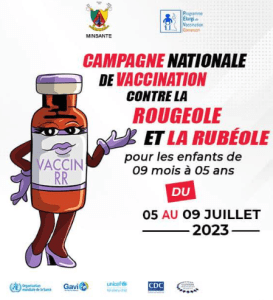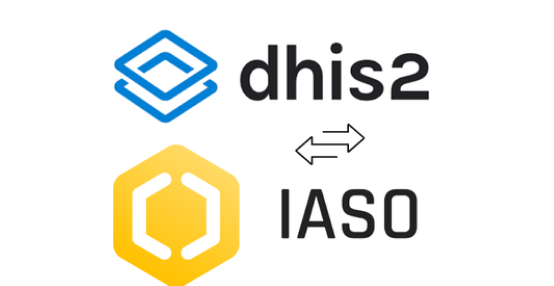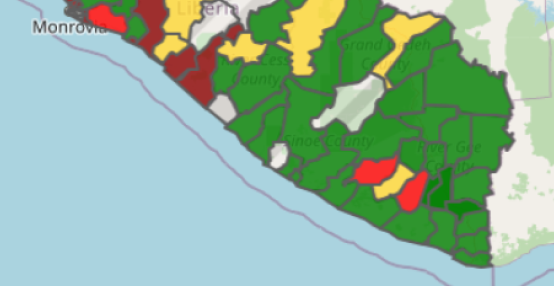Context and Challenges
Traditionally, micro-planning in Cameroon involved cascading workshops where health teams hand-drew maps and filled in Excel spreadsheets. These methods presented several challenges:
- Data inaccuracy and inconsistency: planning data were often imprecise and hard to reuse, necessitating a fresh data collection exercise for each planning cycle.
- Inefficient resource allocation: resource allocation based on approximate data made plan implementation difficult.
- Lack of monitoring and updating: monitoring the execution of micro-plans was nearly impossible, as was adapting plans to dynamic contexts.
To address these challenges, the Expanded Program on Immunization (EPI) of the Ministry of Public Health of Cameroon adopted geographic information systems and digital technologies, with IASO at the core of this transformation. The digitization aims to create an exhaustive, validated, and georeferenced database to facilitate the development and monitoring of micro-plans for health areas and districts via IASO mobile application and web interface.

Methodology
- Geolocated data collection: use of the “Cameroon Collect” mobile application to gather all data on the IASO platform, including organizational units and associated forms.
- Quality control and validation: hierarchical validation of data, ensuring the completeness and accuracy of the collected information.
- Micro-planning: development of a web form using georeferenced data, with participatory micro-planning workshops involving local communities.


Results and Benefits
The benefits of digitization with IASO are numerous:
- Better resource allocation: georeferenced micro-data allows for resource allocation based on real needs.
- Improved monitoring: a visualization dashboard enables tracking of geographic coverage and identifying poorly or uncovered localities.
- Time efficiency and effectiveness: collected data is easily updated and reusable, reducing time spent on data collection and allowing a focus on planning and execution.

Key Figures
- 27,359 localities geolocated with directories of key stakeholders.
- 6,310 health facilities geolocated and inventoried.
- 1,985 health areas and 200 districts geo-coded.
- Automatic generation of micro-plan files in Excel and PDF formats, accessible online.
Lessons Learned and Next Steps
The lessons learned from this experience will guide future campaigns and routine vaccination planning. The use of satellite imagery to refine locality identification and the integration of the IASO interface into the EPI website are planned to further improve data efficiency and completeness.
Conclusion
IASO represents an innovative tool transforming the way vaccination campaigns are planned and executed in Cameroon. By enabling precise data collection, efficient resource allocation, and rigorous monitoring, IASO plays a crucial role in achieving vaccination goals, particularly those aiming to leave no one behind.





















